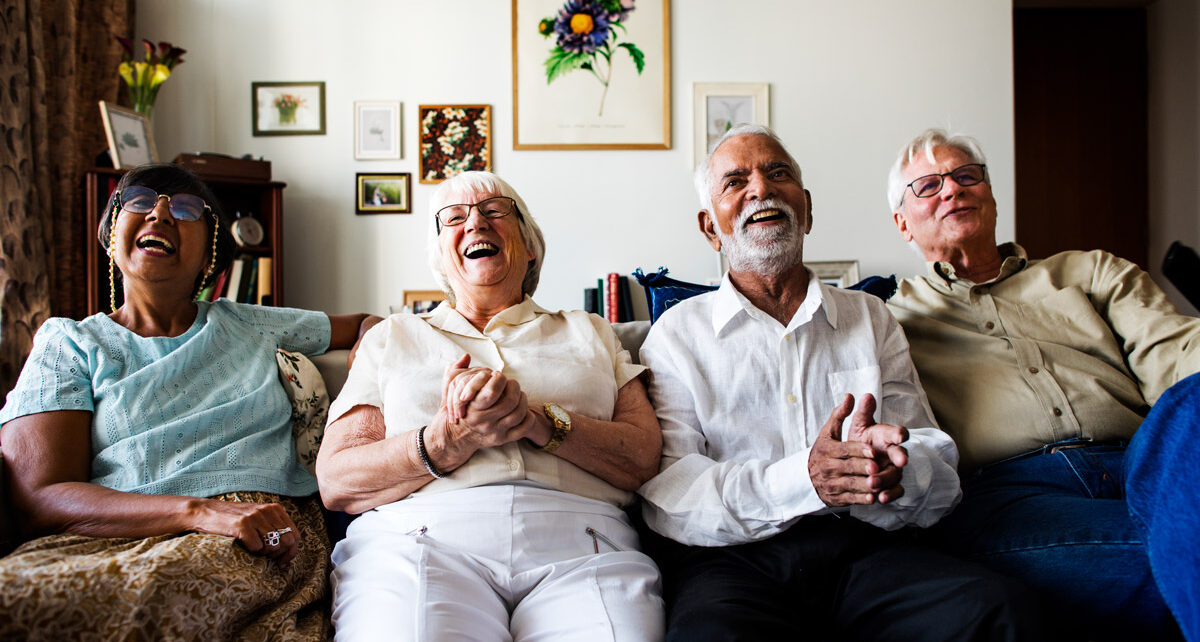by Caroline F. Pearson, Senior Vice President, NORC at the University of Chicago, and Jerry Doctrow, Principal, Robust Retirement, LLC
You have read the headlines and heard the conference presentations: “Baby Boomers want to stay in their homes as they age.” However, a 2019 NORC-LeadingAge survey found that 40 percent of older Baby Boomers said they would want to live somewhere other than their current home if they had physical limitations that caused them to need help with daily activities. The NORC-NIC Middle Market Seniors Housing study also found that a growing number of seniors have mobility limitations and other health needs that require extra care, yet lack family caregivers and have insufficient resources for private-pay assisted living.
Increasingly, care needs will be at the center of senior housing — prompting Boomers to leave their homes and defining the industry’s value proposition to its residents. This requires that the industry fully embrace resident health and safety as its core mission. COVID-19 makes this paradigm even more challenging and demands that senior housing become beacons for infection control and public health best practice, so they can continue to be the safest place for aging adults. We identify four areas in which senior housing can evolve to address this changing landscape:
Healthcare: While most senior housing companies do not see themselves as being in the healthcare business, COVID-19 has raised real questions about how safe Life Plan communities, Independent Living, Assisted Living, and skilled nursing facilities are for their residents.1 To compete in the future, operators will need to demonstrate to senior consumers that they offer a safer, healthier environment compared to staying at home. Third quarter data released by publicly-traded, for-profit operators and REITs indicate many senior housing operators are mitigating the national explosion of COVID-19 infections with use of widespread and timely testing and rapid isolation of COVID-19-positive residents and staff. Some senior housing operators are joining with managed care plans, hospitals, and physician groups to better manage health outcomes for their residents. The ability to offer a value-added healthcare benefit to residents of senior housing and care properties will be a key factor differentiating senior housing communities in the future.
Telehealth: COVID-19 has transformed the way consumers access healthcare, with telehealth use exploding under broadened Medicare reimbursement rules. It protects patients from COVID-19 infections, increases the efficiency of healthcare providers, and eliminates the need to transport seniors to many medical appointments. The technology is here to stay, and senior housing should be creative in embracing and integrating telehealth as a cost-effective way to delivery on their promise of integrated housing and healthcare.
Technology: The COVID-19 pandemic has made all of us Zoom mavens, maintaining connections to work, community, and family. While Zoom is far from a substitute for direct human interaction, it has reduced social isolation for seniors during the pandemic. Baby boomers will be the first cohort of seniors who began using computers in college or early in their careers, and they are much more comfortable with technology than prior generations. They will expect senior housing to offer excellent high-speed internet access, tech support, and more engaging and more individualized tech-based and non tech-based social interaction opportunities for residents.
Community integration: Senior Baby Boomers wish to remain connected with their social networks and to avoid being stereotyped as old and frail. The option of staying in one’s home supported by home health, food delivery, Uber, Zoom and other services that are proliferating during COVID-19 may be an attractive for this generation of seniors. Successful senior housing will need to be better integrated into the community and offer opportunities for continuing education. Examples of such integrated models include Merrill Gardens at the University in Seattle that combines senior housing, market rate rentals, and retail in a single block; highrise living options like the Clair in Chicago, Brookdale’s Battery Park City project in Manhattan, the proposed redevelopment of Marriott’s headquarters in Bethesda by Erickson Living, and smaller-scale ethnic-focused communities fitted into existing neighborhoods.
These changes are already underway at senior housing communities around the country. Declining occupancy rates during COVID-19 only accelerate the importance of embracing a fully integrated housing and care model that is modern, tech-enabled, and community integrated.
1In September 2020, NIC selected NORC at the University of Chicago to study the impact of COVID-19 on those living in senior housing and care properties nationally vs. living in the community. Results are expected in the spring of 2021.




